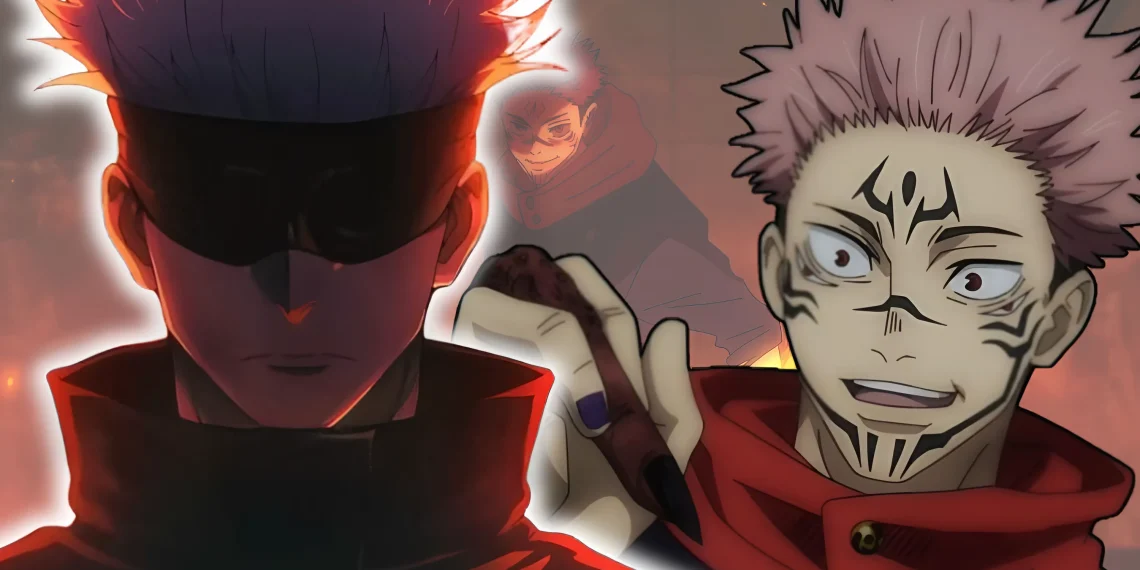The death of Satoru Gojo in Jujutsu Kaisen created waves across the anime and manga community like few events have.
When the formidable sorcerer, often referred to as the strongest character in the series, met his end at the hands of Ryomen Sukuna in chapter 236, it sparked an intense response from fans.
The shockwaves rippled across social media platforms and fan communities. The event became one of the most significant moments not just in the history of Jujutsu Kaisen, but also in the anime and manga world in 2023.
This wasn’t just an ordinary character death it was the passing of an icon, a beloved figure who had shaped the course of the series and attracted the hearts of fans.
However, what was most surprising wasn’t just the fact that Gojo died after all, in any compelling story, the death of a major character can serve a higher purpose.
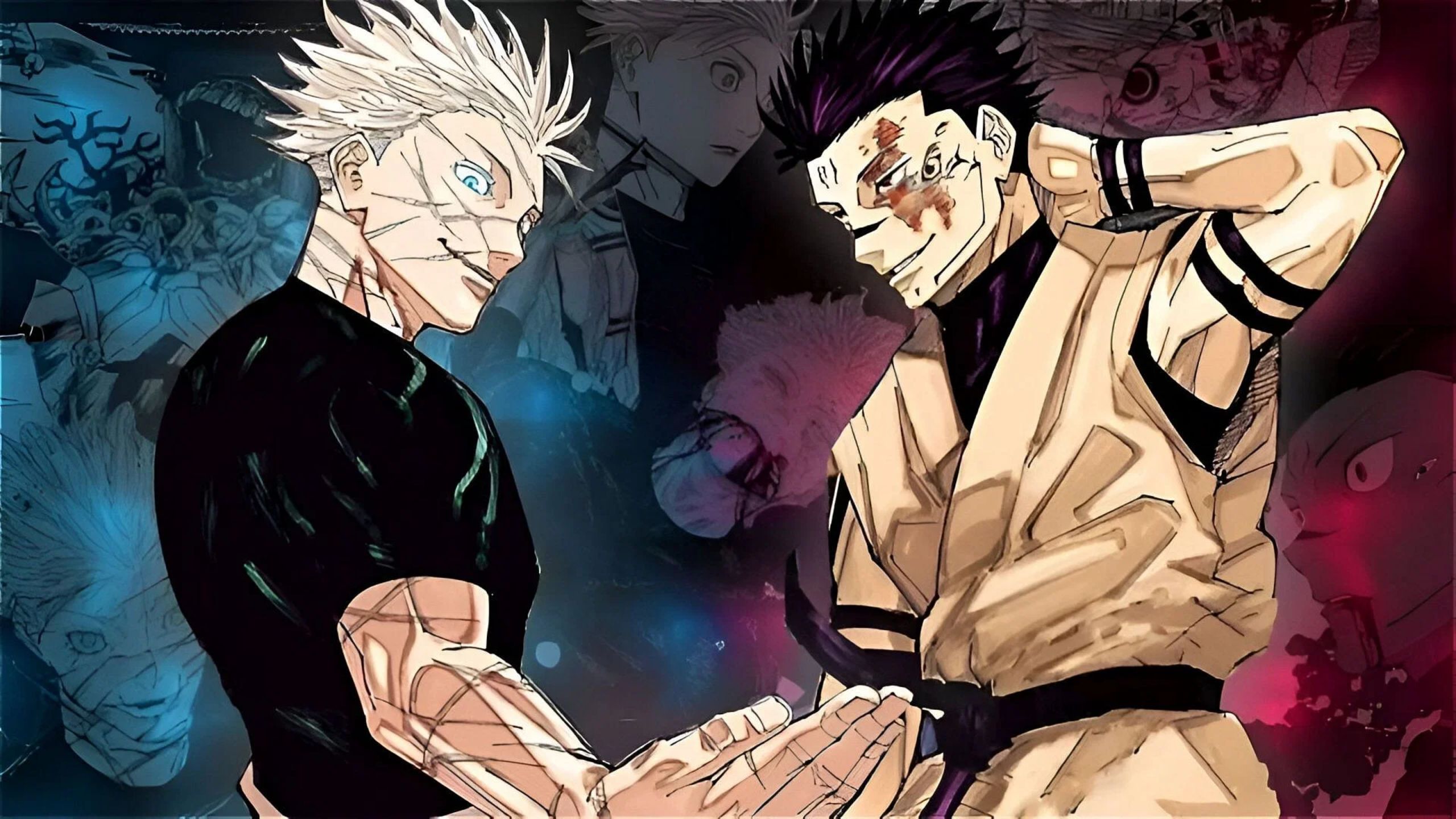
What truly divided the fandom was the execution of his death. While many fans understood the reasons behind Gojo’s demise, they couldn’t help but feel underwhelmed by how it was handled.
There was a shared sentiment that the death of such a monumental character was mishandled in terms of presentation, leaving fans unsatisfied.
In this article, we’ll explore the various reasons why Gojo’s death made sense within the larger framework of the story, why it was ultimately necessary, and where the execution fell short.
We’ll break down the narrative context, the way Sukuna’s strategy unfolded, and why the presentation of Gojo’s death failed to live up to expectations for many fans.
Why Gojo’s Death Made Sense
In any long-running series, it’s important to consider the role of each character and how they contribute to the progression of the narrative.
Gojo, from the moment he was introduced in Jujutsu Kaisen, was established as a dominant force.
His powers were seemingly limitless, thanks to his mastery of Infinity, a cursed technique that allowed him to manipulate space and render himself nearly untouchable.
For a long time, Gojo was the series’ answer to almost any threat. Whenever a formidable enemy appeared, Gojo’s overwhelming power became the ultimate solution.
However, this kind of power can create a narrative problem. When a character is so powerful that they can single-handedly solve any issue, it becomes difficult to create tension and suspense in the story.
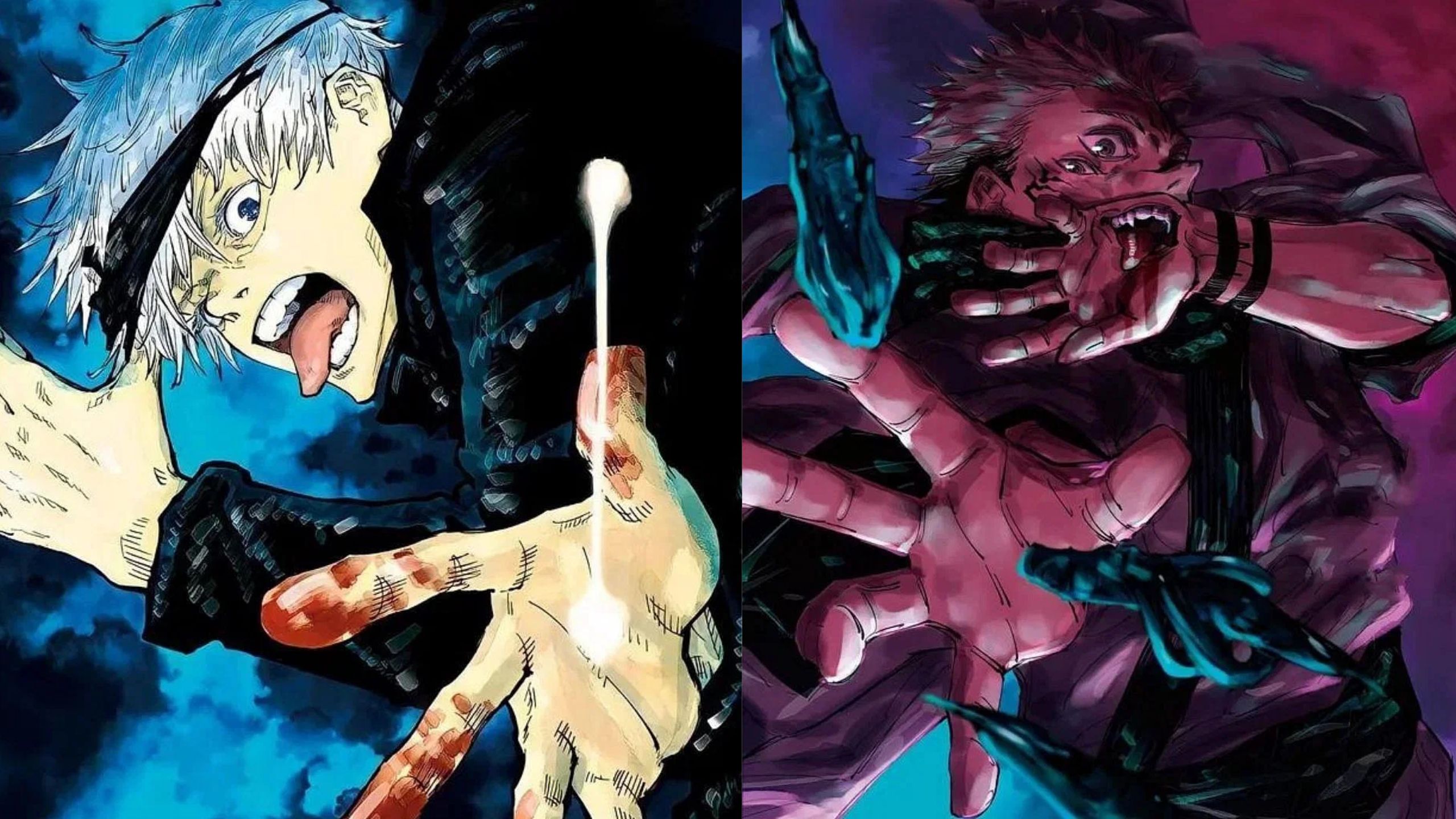
In many ways, Gojo’s presence had the potential to undermine the development of other characters. Why worry about danger when you know the world’s strongest sorcerer is there to fix everything?
This is why Gege Akutami, the creator of Jujutsu Kaisen, made the decision to seal Gojo away during the Shibuya Incident arc.
Sealing Gojo removed him from the equation temporarily, forcing other characters to step up and confront their challenges without relying on him as a crutch.
This was a necessary step for the narrative to move forward, allowing characters like Yuji Itadori, Megumi Fushiguro, and others to shine in their own right.
But after the Shibuya Incident, it became clear that Gojo couldn’t stay sealed forever. If he were to return, he would once again become the central figure in any battle, and the stakes for other characters would diminish.
The decision to have him die was, therefore, a logical one. Removing Gojo from the story permanently opened the door for other characters to grow and allowed the narrative to progress without the safety net of his overwhelming power.
In that sense, Gojo’s death makes a lot of sense from a storytelling perspective. It forces the other sorcerers to confront the terrifying reality that they are on their own.
It raises the stakes and creates an opportunity for characters like Yuji, Megumi, and even villains like Sukuna and Kenjaku to become more prominent players in the story.
Sukuna’s Calculated Approach
Gojo’s death wasn’t just a random event it was the culmination of a long and hard-fought battle with Ryomen Sukuna, the King of Curses. Sukuna, one of the most feared and powerful villains in the series, didn’t face Gojo without a plan.
In fact, one of the key elements that led to Sukuna’s victory was his meticulous strategy, which stood in stark contrast to Gojo’s more improvisational fighting style.
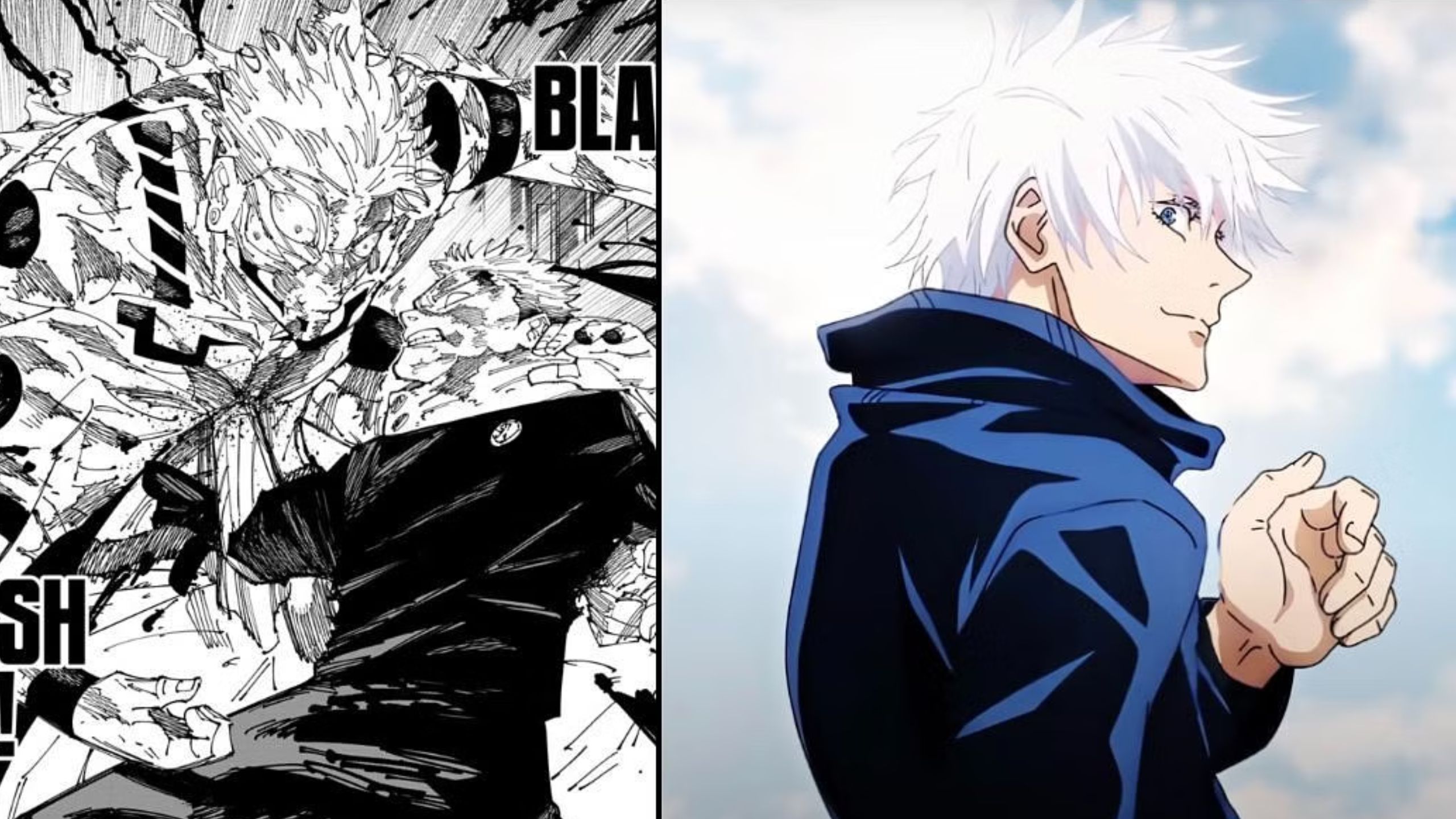
Sukuna knew that Gojo’s cursed technique, Infinity, was his biggest advantage. Infinity essentially makes Gojo untouchable by creating a barrier around him that stops anything from reaching him.
For Sukuna to have any chance of defeating Gojo, he needed a way to bypass this defense. That’s where Mahoraga, a powerful shikigami under Sukuna’s control, came into play.
Mahoraga has a unique ability to adapt to any technique it encounters. By summoning Mahoraga and allowing it to continuously adapt to Gojo’s Infinity, Sukuna was able to create an opening in Gojo’s defenses.
Gojo, for all his brilliance in battle, was often improvising his strategy on the fly. Sukuna, however, was executing a carefully calculated plan from the beginning.
This contrast in approach was a critical factor in Sukuna’s victory. Gojo’s power, while immense, was not enough to overcome Sukuna’s meticulous planning and the adaptability of Mahoraga.
In many ways, this battle was a reflection of the larger themes in Jujutsu Kaisen raw power can only get you so far. Strategy, adaptability, and foresight are just as important, if not more so, in the jujutsu sorcery world.
The Issue with the Execution of Gojo’s Death
While the narrative logic behind Gojo’s death was sound, the execution of the event left many fans feeling unsatisfied.
One of the biggest complaints about Gojo’s death was how it was presented in the manga.
After chapters of intense battle between Gojo and Sukuna, where Gojo often seemed to have the upper hand, his death came abruptly and without much visual closure.
Chapter 236 of the manga revealed that Gojo had been killed offscreen, with Sukuna explaining how he had managed to defeat the sorcerer.
This offscreen death was a significant letdown for fans who had been eagerly following the battle.
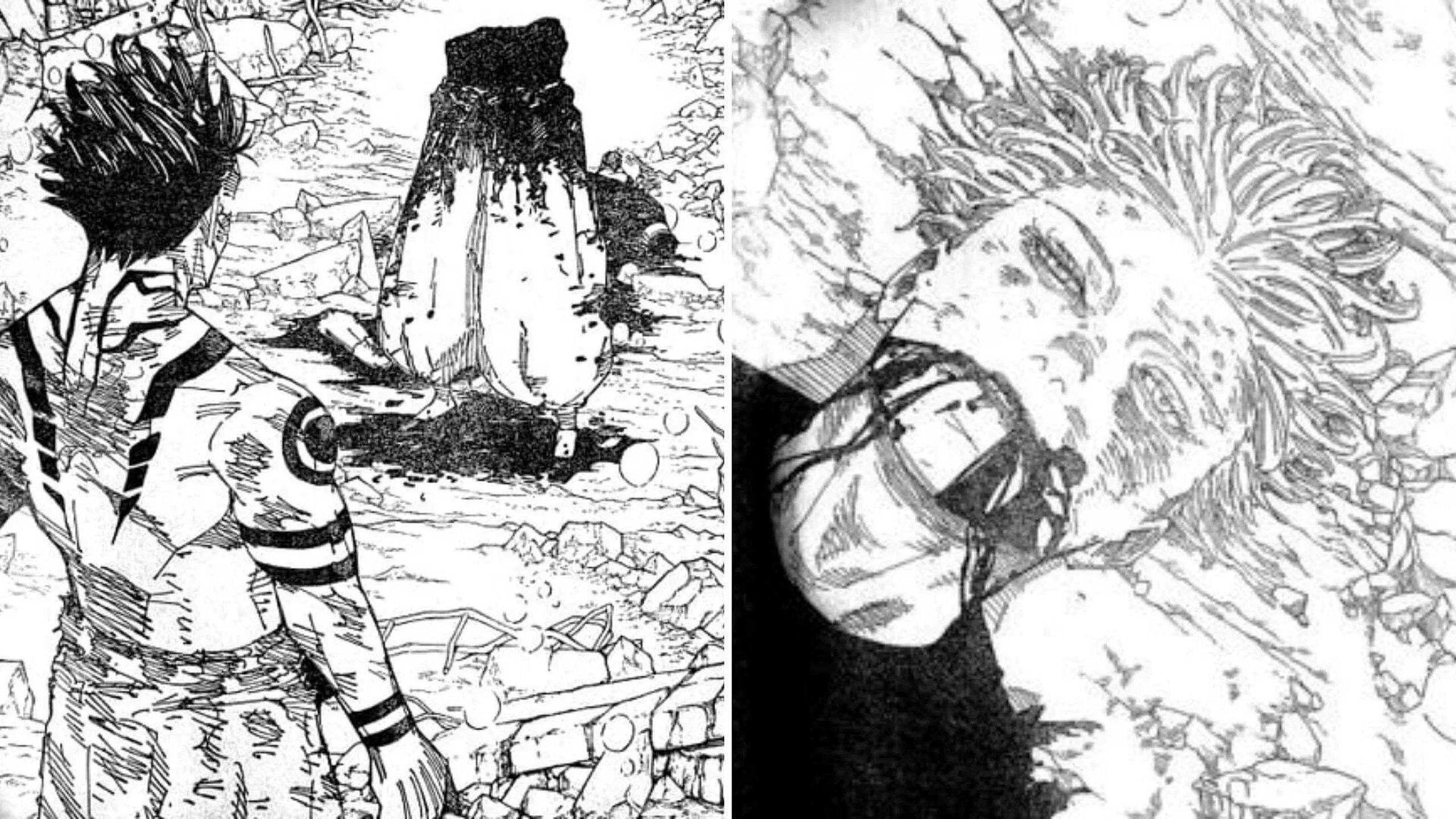
In the previous chapter, Gojo was shown in a dominant position, leading many readers to believe that he might actually emerge victorious.
The sudden shift in the following chapter, where it was revealed that Sukuna had won, felt jarring and unearned.
This decision by Akutami to have Gojo’s death happen offscreen robbed the moment of its emotional and narrative impact.
Fans didn’t get to see the final moments of the battle play out in real-time, which left the resolution feeling hollow.
Gojo’s death was one of the most significant events in the series, and yet it was presented in a way that felt rushed and incomplete.
For many fans, this was a missed opportunity. Gojo’s death could have been a climactic and heart-wrenching moment if it had been given the proper attention and space to unfold.
Instead, it felt like the ending of the battle was glossed over, with Sukuna simply explaining what had happened after the fact.
This left readers feeling disconnected from the moment, unable to fully process or accept Gojo’s death.
Sukuna’s Superiority Wasn’t Fully Conveyed
Another issue that compounded the dissatisfaction with Gojo’s death was the portrayal of Sukuna’s superiority throughout the fight.
While Sukuna ultimately won the battle, the way the fight was presented often gave the impression that Gojo had the upper hand.
Gojo’s overwhelming power and adaptability allowed him to dominate much of the fight, which made Sukuna’s eventual victory feel somewhat forced.
In a well-executed battle, the audience should be able to clearly see how one character gains the upper hand over the other.
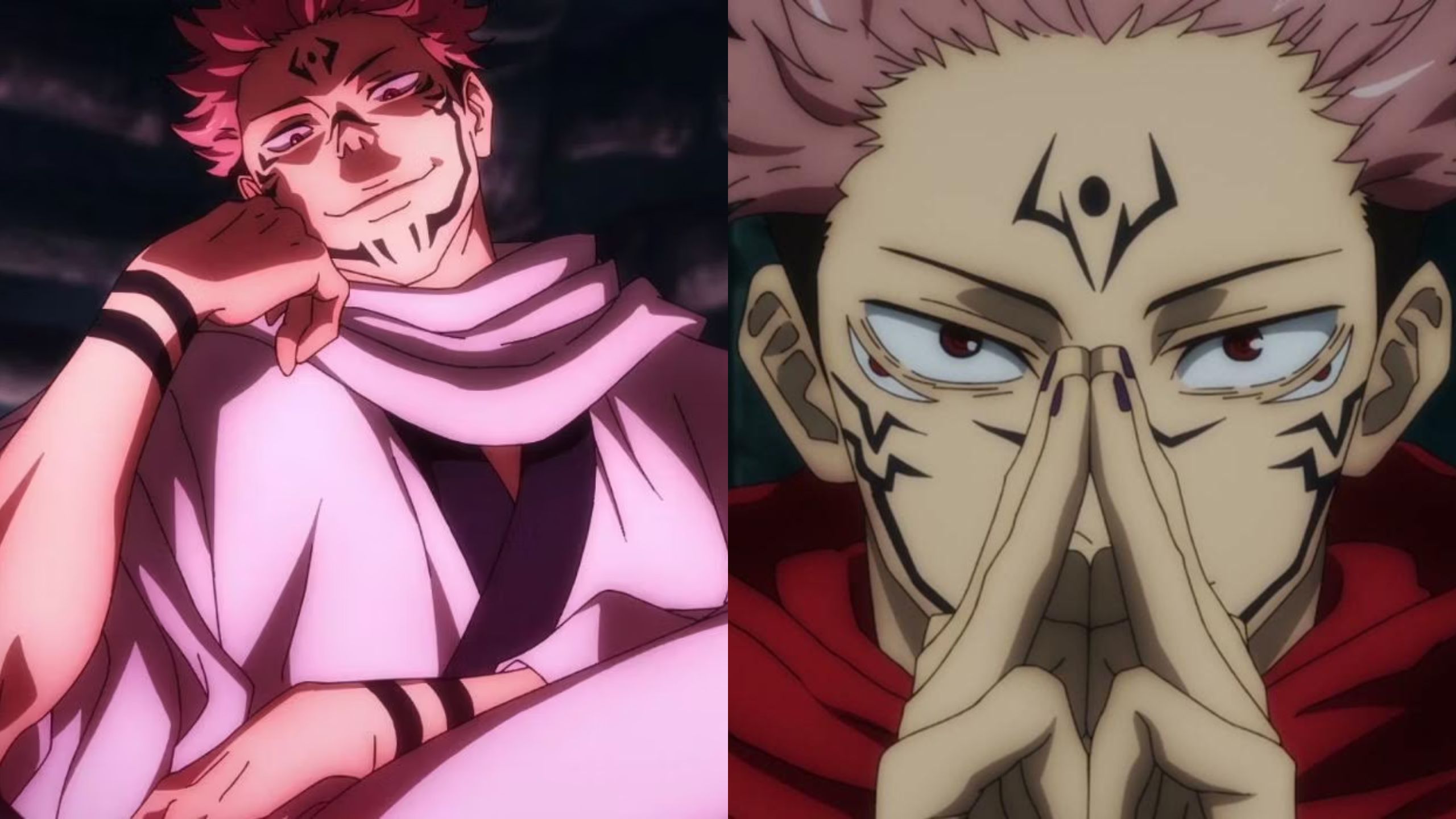
In the case of Gojo vs. Sukuna, the balance of power often seemed to be in Gojo’s favor. His ability to outmaneuver Sukuna and land significant blows created the impression that he was winning.
This made it difficult for readers to fully grasp how Sukuna was able to turn the tide and secure the victory.
When Sukuna was revealed as the victor in chapter 236, it felt like a sudden and unnatural shift in the narrative.
Gojo, who had been portrayed as the stronger fighter for much of the battle, was suddenly defeated offscreen, with little explanation as to how Sukuna had managed to outsmart or overpower him.
This lack of clarity made the resolution feel contrived, as though Akutami had predetermined that Sukuna would win, regardless of how the fight had unfolded up to that point.
For many fans, this was a major flaw in the execution of Gojo’s death. While it was clear that Sukuna had a plan, the way the fight was presented didn’t consistently convey his superiority.
Gojo’s death, as a result, felt less like the natural ending of a hard-fought battle and more like a narrative decision that had been made without fully earning it through the progression of the fight.
The Impact of Gojo’s Death on the Story
Despite the issues with its execution, Gojo’s death remains a pivotal moment in Jujutsu Kaisen. His death marks the end of an era for the series and significantly raises the stakes for the remaining characters.
Without Gojo, the sorcerers are now facing a much more dangerous and uncertain future.
The safety net that Gojo provided is gone, and the remaining characters must now confront the threats that lie ahead without the assurance of his protection.
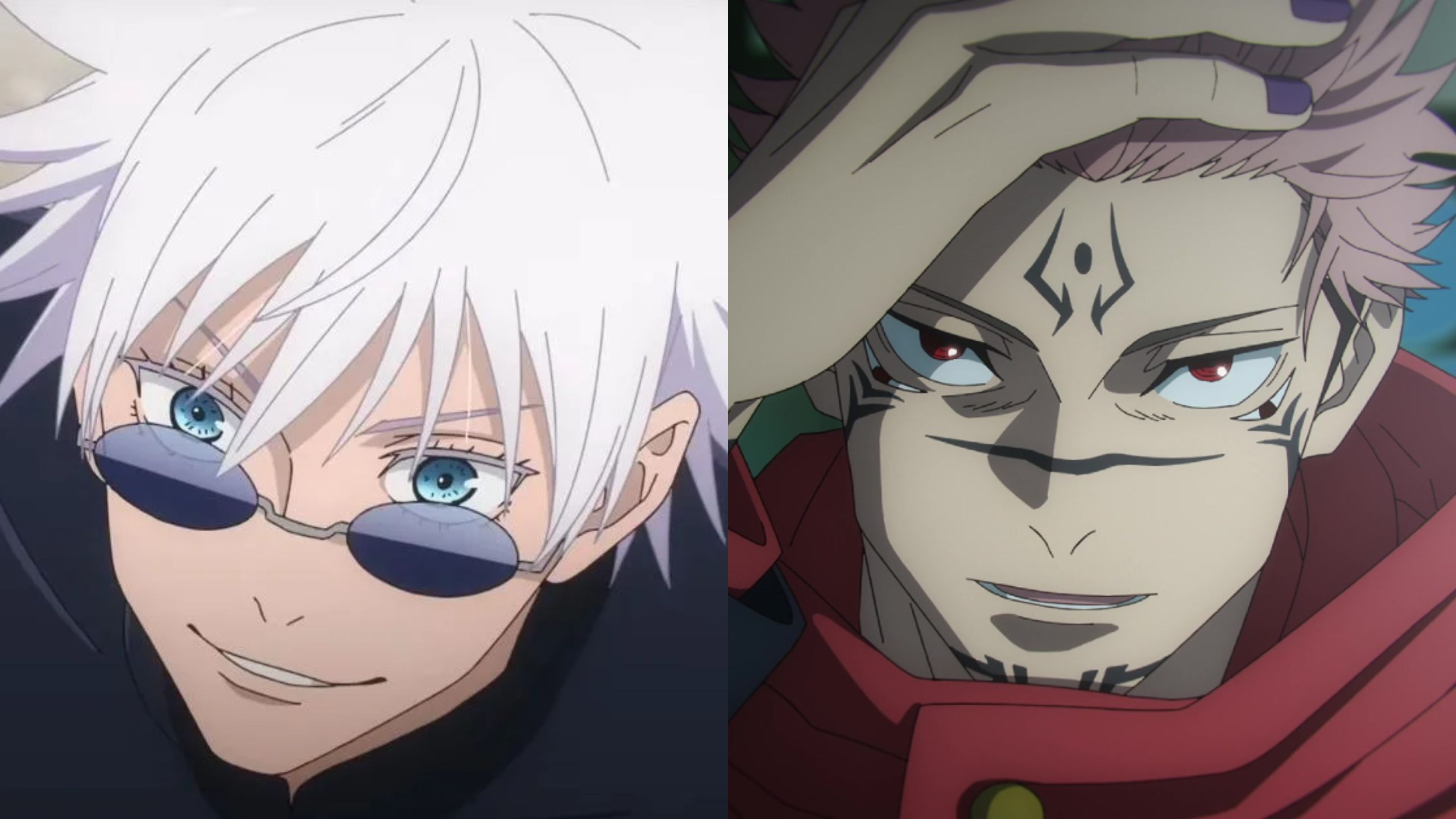
For characters like Yuji Itadori, Megumi Fushiguro, and others, Gojo’s death represents a turning point.
They must now step up and take on the responsibility of defending the world from the curses that threaten it.
In many ways, Gojo’s death forces these characters to grow and evolve, as they can no longer rely on him to save the day.
Additionally, Gojo’s death has significant ramifications for the villains of the series.
With Gojo out of the picture, figures like Sukuna and Kenjaku now have more freedom to execute their plans without fear of being stopped by the strongest sorcerer in the Jujutsu world.
The balance of power has shifted, and the remaining sorcerers are now at a disadvantage.
A Moment That Fell Short
Satoru Gojo’s death in Jujutsu Kaisen is undoubtedly one of the most memorable and pivotal moments in the series.
From a narrative perspective, it makes sense Gojo’s overwhelming power had to be removed from the equation for the story to progress and for other characters to have their moment in the spotlight.
However, the execution of his death left much to be desired. The decision to have Gojo die offscreen, coupled with the unclear portrayal of Sukuna’s superiority, made the moment feel hollow and unearned.
Gojo’s death could have been a climactic and emotionally resonant moment in the series, but the way it was handled prevented it from reaching its full potential.
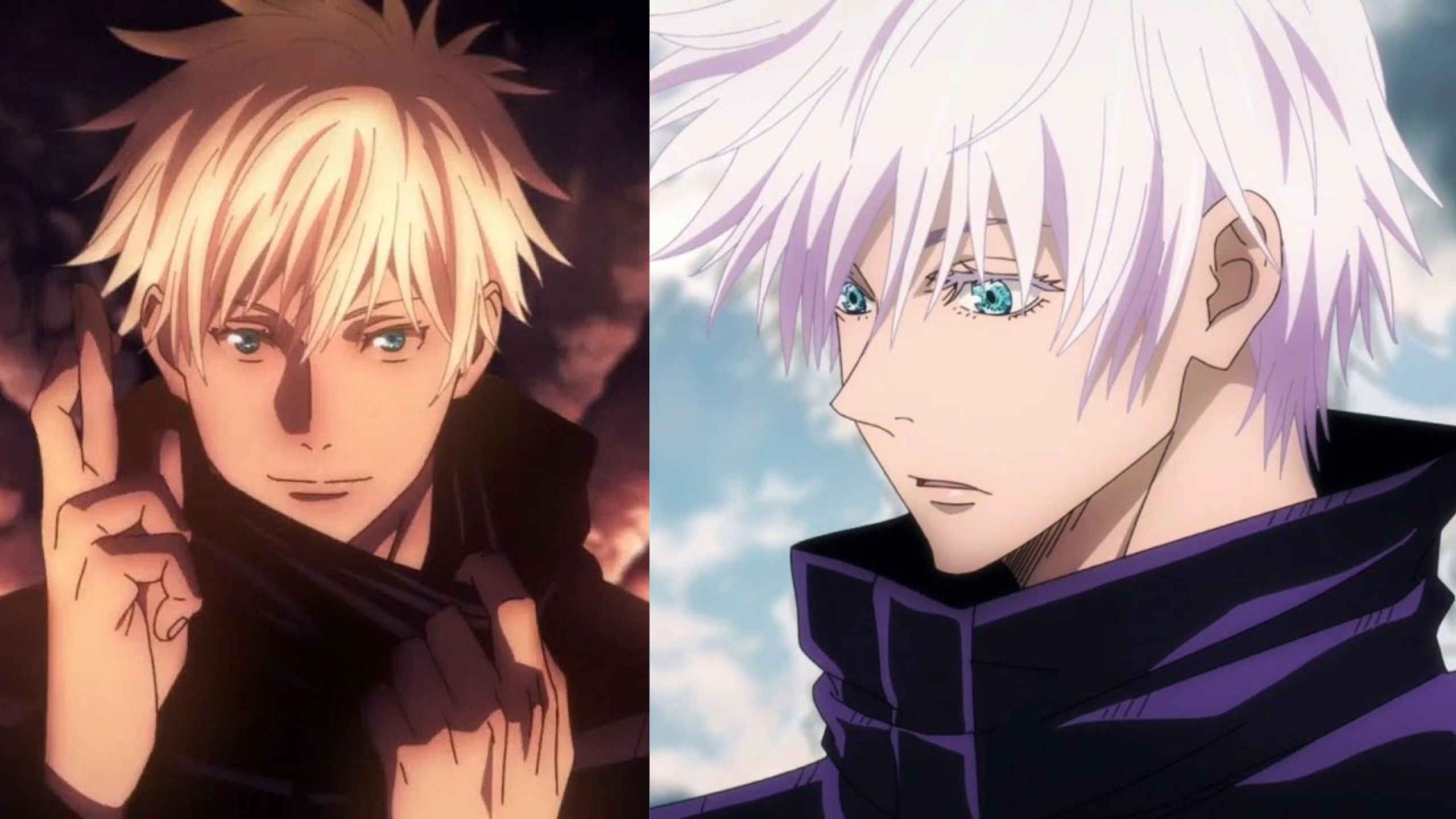
While it remains a significant turning point in the story, it also serves as a reminder of the importance of execution in storytelling.
For fans of Jujutsu Kaisen, Gojo’s death will always be a point of contention not because of the fact that he died, but because of the way it was presented.
As the series continues to unfold, the impact of Gojo’s death will be felt by both the characters and the readers.
It marks the beginning of a new chapter in Jujutsu Kaisen, one without the safety net of the strongest sorcerer, and the stakes have never been higher.
While the execution of his death may have fallen short, its significance in the story cannot be denied.

